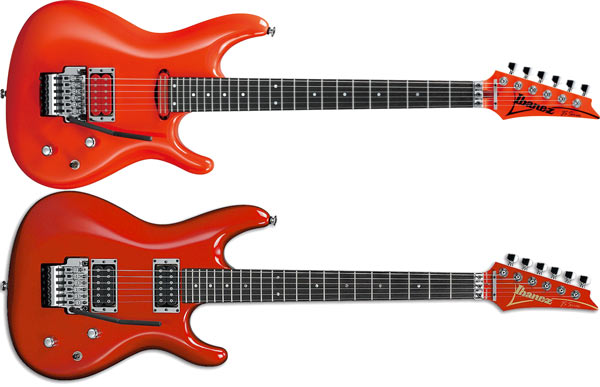

Is the measurement time for each patch equal for both OEM and third party software, only limited by hardware? Or the OEM software has access to speedier reading methods? I didn't count the number of patches - granted - but overall it takes less than 6 minutes for a full calibration. Measurement times using the Spyder5 OEM software are pretty fast. I'm not a color scientist, but a very involved user who has been using color management products for the past 15 years. I just wanted to thank you all for your replies. However, the speed and low-light limitations are inherent to the design and cannot be improved upon. The color errors trouble me less because those can be significantly reduced with profiling and the errors are fairly small in any case. It takes nearly twice as long to take measurements as the i1D3. The biggest downside to the Spyder 5 is its speed. Although the Spyder 5 could not match the color accuracy of the i1D3, it is significantly better in the regard than the Spyder 4. Low light levels had little effect on the color accuracy of either meters.

The i1D3 reads lower, faster, and with better color accuracy. Speed test: 6^3 color matrix (215 colors) This test compares a Spyder 5 with and i1D3 using a JETI 1211 as a reference. I thought it would be useful to provide some hard numbers to this discussion. On the higher price points, the X-Rite units deliver better results for a lower price. In any case, I wouldn't recommend anything other than the Express version. This happened when aiming for 6500K or native white point. For example, on a 2011 13" MacBook Air, the OEM software produced a completely unusable profile, with compressed and uneven gamut. What threw me off were some wacky results with lower quality TN displays.

Again, not much to complain when compared to the i1D3. Argyll CMS is not yet optimized for the Spyder5, I assume, so the calibration process takes hours, but the final results are very good. Using the OEM software, I noticed a good improvement in shadow detail, with less banding than Spyder4. I had no means to measure this difference, but real world results were close enough to i1Display Pro to make me believe it. Datacolor claims a 55% improvement in low luminance accuracy. I approached my tests with an end user perspective. Thank you for sharing your results, Steve. On higher price points I'd choose the X-Rite products, though. If you don't mind the super long calibration times, a $129 Spyder5Express with dispcalGUI and Argyll CMS is a killer deal. This difference was noticed by other users and seems to be consistent from unit to unit and not caused by any malfunction. I could not test unit to unit variance thoroughly, but the two units I had in use were very close to each other and close to the X-Rite products, except for the white point measurement, where the Datacolor pucks always measured about 200K lower, giving slightly warmer profiles. In those cases, i1 Display Pro and Colormunkinki Display performed better. TN panels, on the other hand, gave me much more inconsistent results, with severe banding and some cases of wacky color gamuts.

It's a much more sensitive sensor, specially on the darker tones, and I'm confident to say that overall results on good quality IPS displays are comparable to the i1 Display Pro, with only slightly harsher transitions in the blues and reds and a tiny bit more banding, if I'm really nitpicking. I think Datacolor really did their homework with the new units. I did some testing on the new Spyder5 and published a review on Cameratico ( ), including a comparison with the older Spyder4 and the current X-Rite i1 Display Pro and Colormunki Display.


 0 kommentar(er)
0 kommentar(er)
